
There's a Chance for Me – Jerry Jones
this blog is GROOVY – check out great Soul, Funk, Jazz, Hip Hop, Bass, Breaks , Reggae, House n many more TUNES
Hey there, music lovers! Let’s groove our way through the fascinating world of classical music. It’s not just about stiff suits and solemn concert halls—it’s a land full of creativity, drama, and some seriously funny moments!
The roots of classical music can be traced back to the Middle Ages (around 500 – 1400 AD). Back then, it was all about chant. Yep, monks sit in monasteries belting out melodies that were meant to lift spirits and perhaps even put you right into nap mode! This sacred sound eventually laid the groundwork for more complex tunes.
As we swung into the Renaissance (1400 – 1600), things really started to heat up. Composers began experimenting with harmony and rhythm like kids with a new box of crayons. The invention of musical notation during this period allowed composers like Josquin des Prez to spread their wings—and their tunes—across Europe.
Fast forward to the Baroque era (1600 – 1750), where things got fancy! We’re talking Bach, Handel, and Vivaldi—the holy trinity of baroque bangers. Did you know that Bach had such an impressive family connection? He was one cranky dude sometimes but he fathered no less than twenty children! That’s right; while composing his masterpieces, he was also busy changing diapers!
And let’s talk about Vivaldi for a sec: known as “The Red Priest,” he had more flair in his red hair than most rock stars today. In fact, rumor has it that when he wasn’t writing “The Four Seasons,” he might’ve been moonlighting as an early version of a DJ by remixing popular songs with fresh spins.
Enter the Classical period (1750-1820)—Mozart’s playground! Little Wolfie Mozart burst onto the scene at age five like a prodigy superhero. Imagine rocking out your first symphony at such an age! By twelve years old, this kid had already composed over 600 pieces. Talk about working overtime!
Then we have Beethoven who took classical vibes up another notch by mixing emotions like they were ingredients in his signature dish—something spicy yet harmonious called Symphony No. 9 celebrate brotherhood with its famous choral finale “Ode to Joy.” But here’s a fun twist: as Beethoven went deaf later in life, people noticed him conducting from memory… or maybe just feeling those vibrations through his feet—it must’ve been quite a scene!
As we slide into the Romantic era (1820-1900), composers got super dramatic—think Shakespeare but with added violin solos! Chopin wrote hauntingly beautiful piano pieces that made hearts swoon faster than any pop ballad today.
Fun Fact Alert 🚨: Chopin was so devoted to playing pretty keys that he rarely performed outside small salons and often suffered from anxiety before shows—a classic case where genius meets nerves under glittering chandeliers.
Then there’s Liszt who wasn’t just an amazing pianist; oh no! He invented something called “the solo recital,” turning performances into fireworks displays complete with ladies fainting—all part ‘n parcel when you’re dazzling them on stage!
Now let’s fast-forward through time warp after World War I—it’s all jazzed-up modern styles colliding together within classical circles too; enter Igor Stravinsky’s “The Rite of Spring.” Its premiere caused riots back in Paris because folks weren’t ready for those wild rhythms—they expected genteel strings but got stomping feet instead!
Meanwhile Aaron Copland gave us “Appalachian Spring,” painting broad vistas across America partly inspired by folk traditions surely filled with laughter around campfires—not too shabby if you’re thinking about food-related jams!
And last but certainly not least is Philip Glass’ minimalism creating grooves so hypnotic you’d think you’ve entered an enchanted forest filled with swirling sounds designed specifically for good vibes only.
So there ya have it—a quick frolic through classical music’s history without getting lost in pretentious terms or zealous disagreements over who’s better between Bach or Beethoven (just settle it over coffee!).
Here are some hilarious facts worth noting:
Bach’s Family Band: With nearly half his offspring becoming musicians themselves—imagine family jam sessions turned massive orchestral gatherings!
Beethoven Was Quite Loud: Though going deaf didn’t stop him from composing incredible works; legend says he’d place wooden sticks against pianos trying desperately feel every note played.
Liszt Fan Girls & Boys Galore: His concerts were packed because folks would pass out due sheer excitement—which probably led many musicians wishing they’d get THAT kind attention!
In conclusion? Whether you’re chilling at home blasting symphonies or attending extravagant concerts dressed-to-impress while pretending you’re royalty—all hail this genre that’s transcended centuries bringing joy…and laughs along its melodious journey through time! Keep your ears tuned in ’cause great stories still unfold within each timeless composition waiting for listeners’ groovy hearts everywhere.

There's a Chance for Me – Jerry Jones

I Am I Be – De La Soul & Maceo Parker & Fred Wesley & Pee Wee Ellis
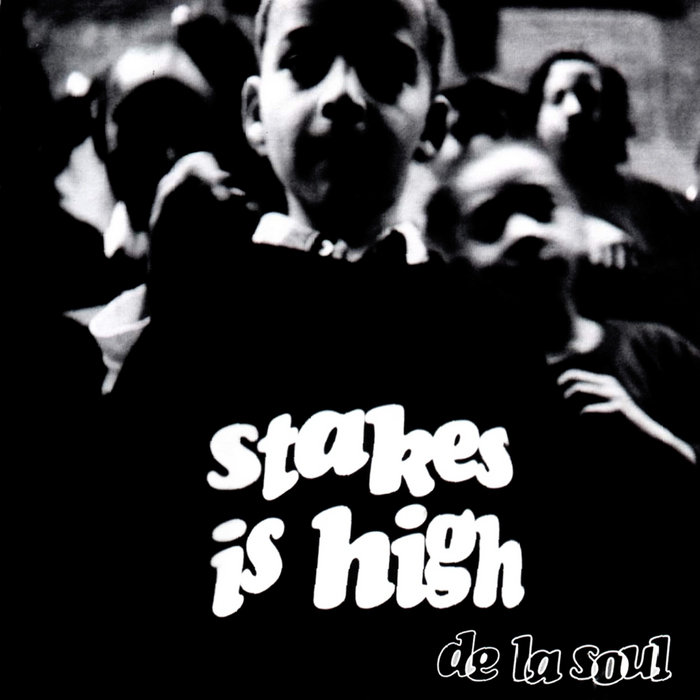
Itzsoweezee (HOT) – De La Soul
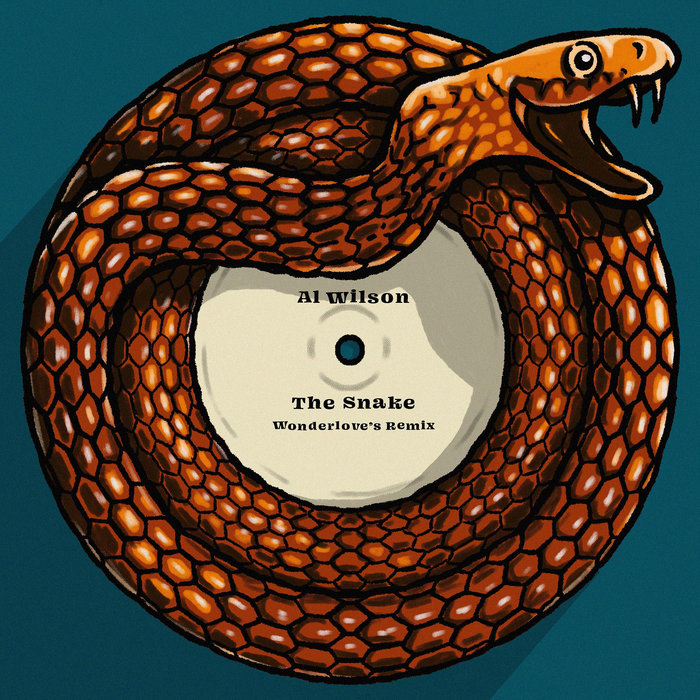
The Snake • Wonderlove's Remix – Al Wilson

Joey Negro X CamelPhat Y Elderbrook – Can’t Get High Without Cola (Mamba’s Throwback Edit) – Mamba Selects
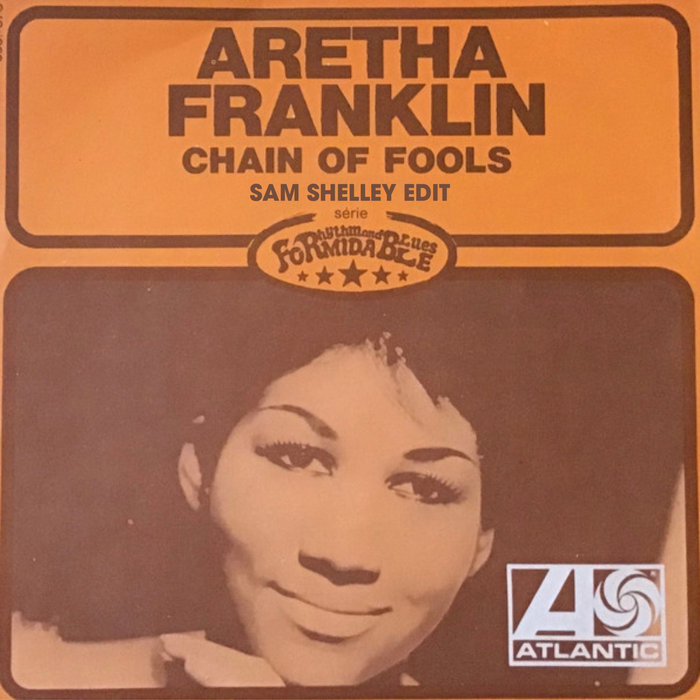
Aretha Franklin – Chain Of Fools (Sam Shelley Extended Funky Breaks Edit) – Sam Shelley
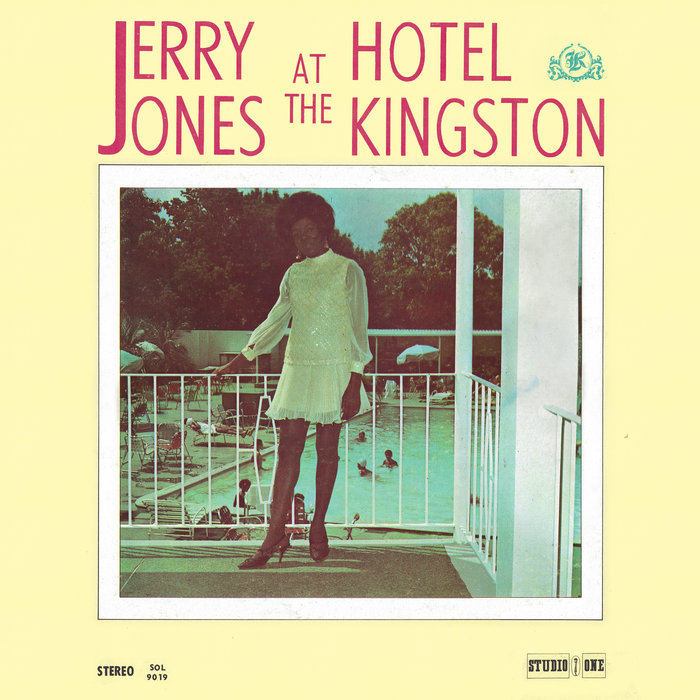
Compared to What – Jerry Jones
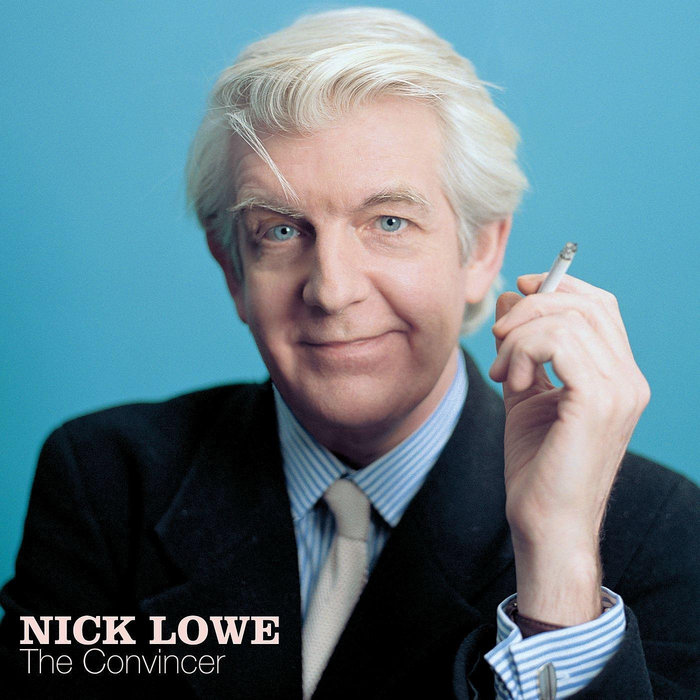
Homewrecker – Nick Lowe
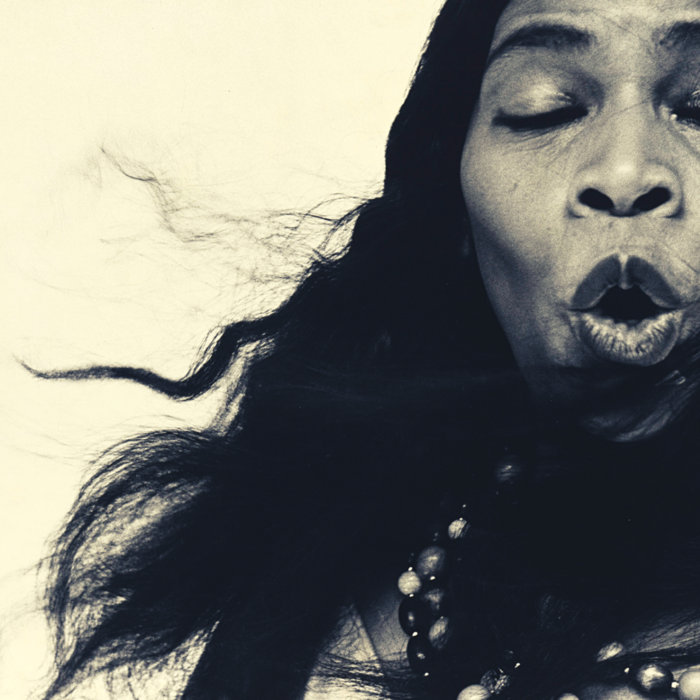
Sometimes I Feel Like a Motherless Child (from He’s Got the Whole World in His Hands) – Marian Anderson

Crosstown Traffic (Reggae Remix) – Jimi Hendrix, Bost & Bim